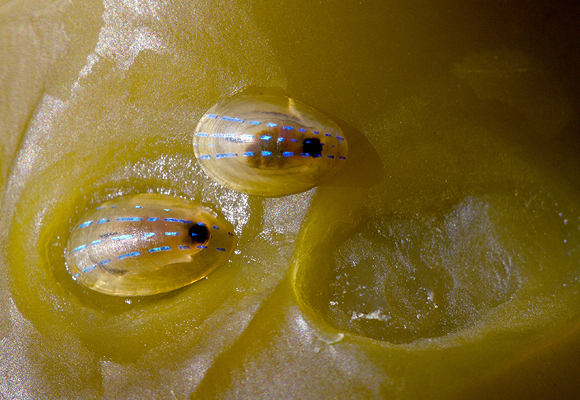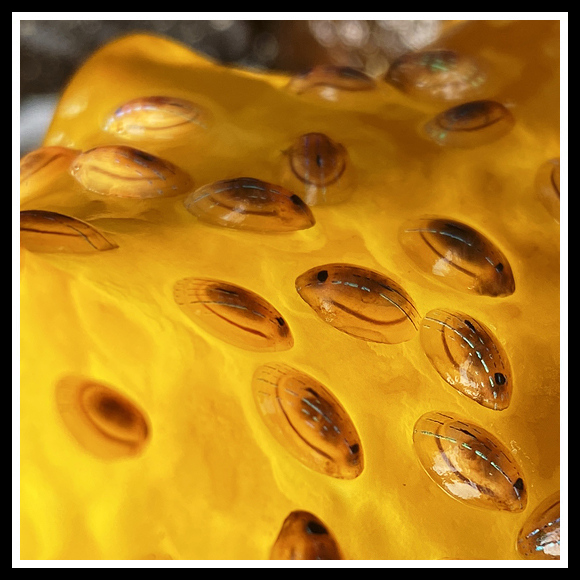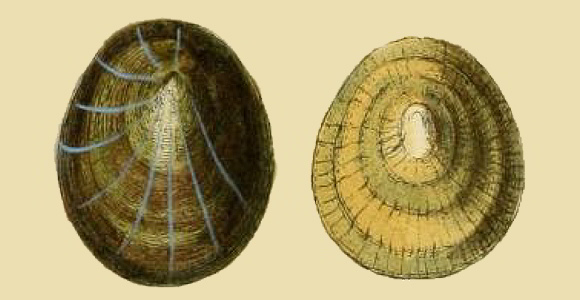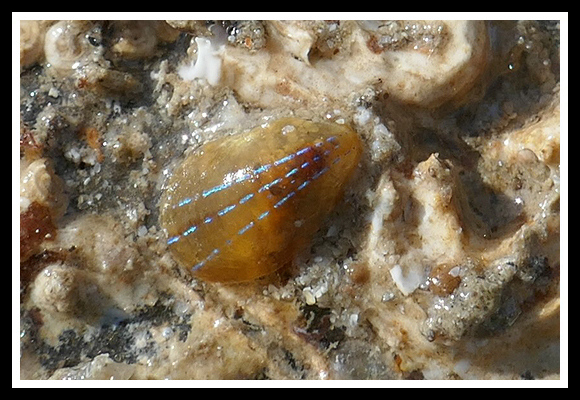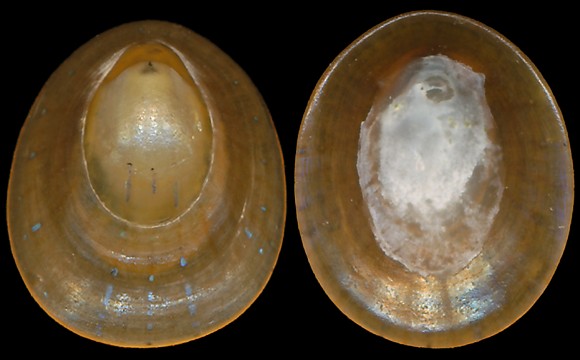
Norway and Iceland to Mediterranean. Rare in Mediterranean. Grazer. The species lives and feeds on laminaria in the sublittoral. Each individual is used to nesting in a shallow hollow it carves in the fronds – a behaviour that is typical of many Patellidae. Synonyms: coeruleata, cornea, fusca…
Above: the form “laevis” Pennant. Rounder and thicker than the average specimens, which are usually more irridescent. According to Donovan, this may be related to the gerontic stage. According to Forbes & Hanley, it may be related to the diet. – Bodre bay, Isola Rossa, NW. Corsica. 9mm.
Above: the form “laevis” Pennant. Rounder and thicker than the average specimens, which are usually more irridescent. According to Donovan, this may be related to the gerontic stage. According to Forbes & Hanley, it may be related to the diet. – Bodre bay, Isola Rossa, NW. Corsica. 9mm.
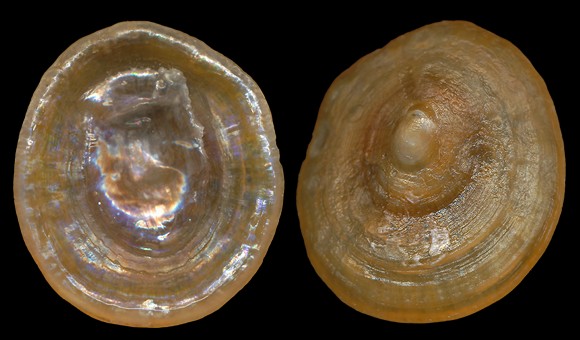
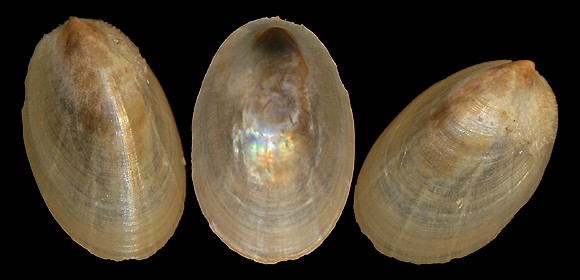
In sand, on Playa Las Islas, Asturias, N. Spain. 13mm.
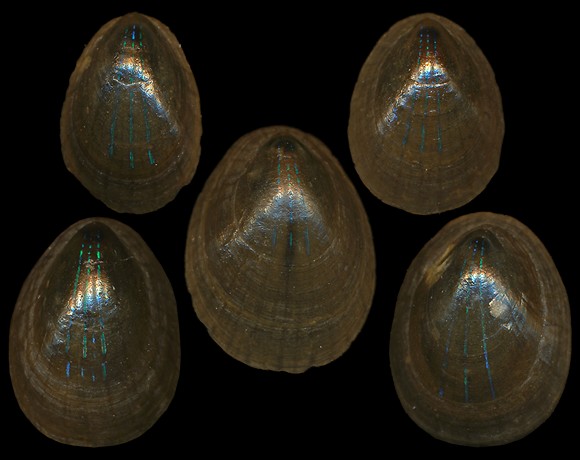
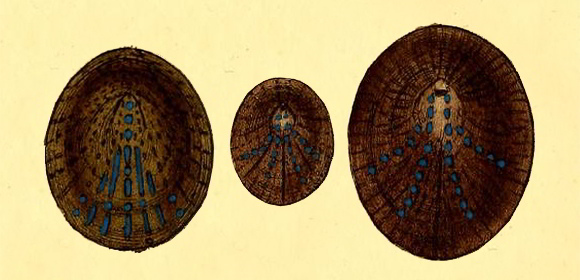
« In the young state, this shell is very transparent and horny, the aperture ovoid, and the margins smooth and level; it has also several longitudinal lines of bright blue colour, which extend from the vertex down the back to the margin. According to Linnaeus, these should be four in number; some authors say five, and Borlase mentions nine. The blue colour is disposed in spots in some specimens; in others in lines; and again in some others in short and interrupted dashes. Linnaeus observes that the bright blue colour has not been found in any Shell except this. The old shells are very different from the young ones, and have been mistaken by some Authors for distinct species. The young shell is remarkable for its pellucidity. The old ones are thicker and larger, the aperture irregular, the vertex two-thirds of the shell, and the rays of blue, dusky. »
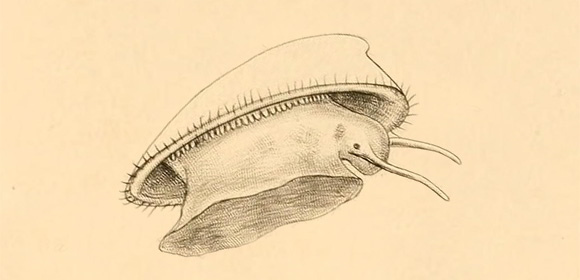
« The two varieties of this elegant Limpet differ so remarkably from each other, as strikingly to illustrate the effects of food and habitat upon colour and solidity. The more typical pellucida feeds upon the leaves of the Fuci, the aberrant laevis upon the roots and stalks, in which indeed it is wont to imbed itself. » – Forbes & Hanley: op. cit. vol. II, London 1853, p.431.
